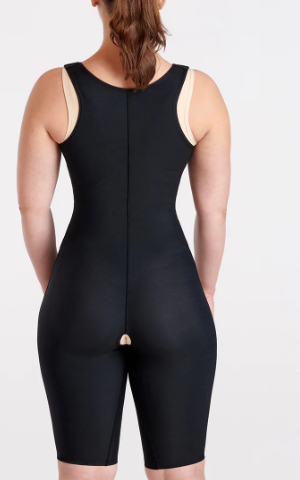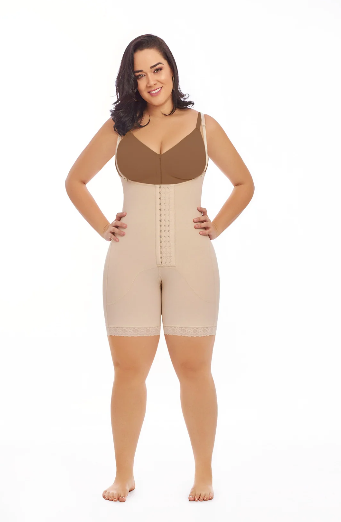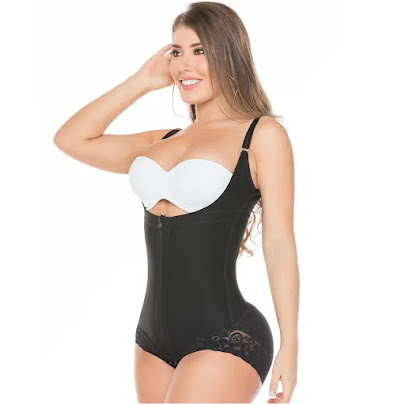Unveiling the Magic Behind Full Body Fajas: Everything You Need to Know
When diving into the world of body shaping and post-surgical support, one name stands out among the rest: full-body fajas. A time-honored tradition tracing its roots back to South America, these garment pieces have become the go-to for individuals seeking to refine their silhouette or heal post-surgery. For those not familiar with the concept, or for anyone deciding between a stage 2 vs stage 3 faja, this guide breaks down everything you need to know.
What is Full Body Fajas?
A "faja" in Spanish means a "girdle" or "wrap." Over time, the term has been specifically used to refer to body-shaping undergarments, often worn after surgical procedures such as liposuction or tummy tucks. The full body faja offers compression from the chest down to the thighs, ensuring the entire core is supported.
Benefits of Wearing a Full Body Faja
Post-surgical Recovery:
The primary use for many individuals, full body fajas can accelerate healing, reduce swelling, and ensure that the body heals in the desired shape.
Enhancing Natural Curves:
For those not in recovery, the faja also serves as a silhouette enhancer, providing an instant hourglass figure.
Improved Posture:
The compression encourages wearers to maintain an upright posture, which can alleviate back pain and strain.
Confidence Boost:
Many wearers report feeling more confident and secure in their appearance while wearing a faja.
Stage 2 vs Stage 3 Faja: Which is Right for You?
When it comes to differentiating between a stage 2 faja and a stage 3 faja, it primarily boils down to compression levels and the intended purpose:
Stage 2 Faja:
This type is typically recommended for immediate post-surgical use. It provides tighter compression, aiding in reducing swelling, fluid retention, and ensuring the body sets correctly post-surgery. Given its purpose, a stage 2 faja is designed for short term use until the wearer moves to the next healing stage.
Stage 3 Faja:
After the initial recovery period (which may vary depending on the surgery and individual), one might transition to a stage 3 faja. It provides moderate compression and is more comfortable for extended wear. This stage is all about maintaining the body's new shape while providing the support necessary as the body fully heals.
Tips for Wearing a Full Body Faja
Get the Right Fit:
Ensure you're measured correctly. An ill-fitting faja can cause discomfort or even hinder the healing process.
Gradual Wear:
Especially for those new to fajas, start by wearing it for shorter durations and gradually increase as comfort allows.
Care for Your Faja:
Follow care instructions meticulously. Regularly cleaning without causing wear and tear will ensure your faja remains effective and durable.
Listen to Your Body:
If you feel extreme discomfort or pain, remove the faja and consult a professional.
In Conclusion
The magic behind a full-body faja lies not just in its ability to shape and support, but in the confidence and assurance it grants its wearers. Whether you're deciding between a stage 2 vs stage 3 faja, or simply exploring the realm of body-shaping garments, understanding the benefits and proper usage is crucial. Embrace the tradition, the support, and the beauty that full-body fajas bring to the table!
Read Also: Enhance Your Silhouette with Comfort and Style through Fajas



Comments
Post a Comment
Thank You for Visit